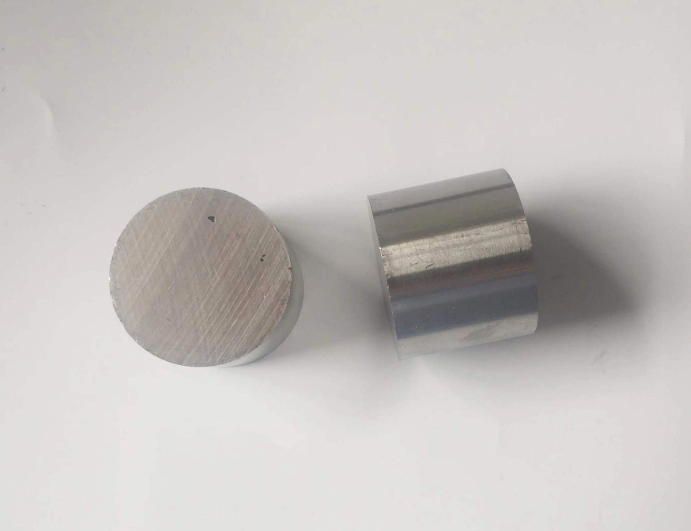Alnico (Aluminum-nickel-cobalt) is a classic alloy magnet, widely used in the field of permanent magnet materials, due to its unique magnetic properties and good thermal stability, occupies an irreplaceable position in a number of industries, today's article focuses on what elements of Alnico include.
Alnico magnets basic constituent elements and their role;
Aluminum (Al): Typically 7-12% of the total weight of the alloy, The addition of aluminum reduces the magnetic saturation of the material, but at the same time increases its resistivity and corrosion resistance, helping to control the energy loss of the magnet during use.
Nickel (Ni): Nickel is one of the key elements that enhances the magnetic properties of the alloy, The content is typically 13-28%. It significantly increases the magnet's coercivity and maximum magnetic energy product, making Alnico magnets highly resistant to demagnetization.
Cobalt (Co): Its content is typically 5-35%, the addition of cobalt can significantly increase the magnetization strength and Curie temperature of the magnet, to ensure that the magnet can still maintain good magnetic properties at higher temperatures, is the main factor determining the high temperature resistance of Alnico.
Iron (Fe): As the base element, iron provides the magnetic foundation, and works synergistically with other elements to form a high remanent magnetization and stable magnetization characteristics.
Round Alnico Magnets, see more magnet compositions

Other additives
Copper (Cu): Although copper itself is not a magnetic element, in AlNiCo alloys it can improve the machinability and corrosion resistance of the alloy.
Titanium (Ti): A small amount of titanium can refine the grain size, improve the hardness and strength of the alloy, and have a positive effect on enhancing the overall performance of the magnet.
Alnico magnets can be prepared either by casting or powder sintering. The casting process is capable of producing magnets of complex shapes and sizes suitable for specific design requirements, while the powder sintering process is suitable for producing small, precision magnetic components.
Related Alnico magnets knowledge;
Alnico magnets 1-9 performance parameter datasheet
 China Neodymium And Ferrite Magnets Manufacturer & Supplier
China Neodymium And Ferrite Magnets Manufacturer & Supplier 


